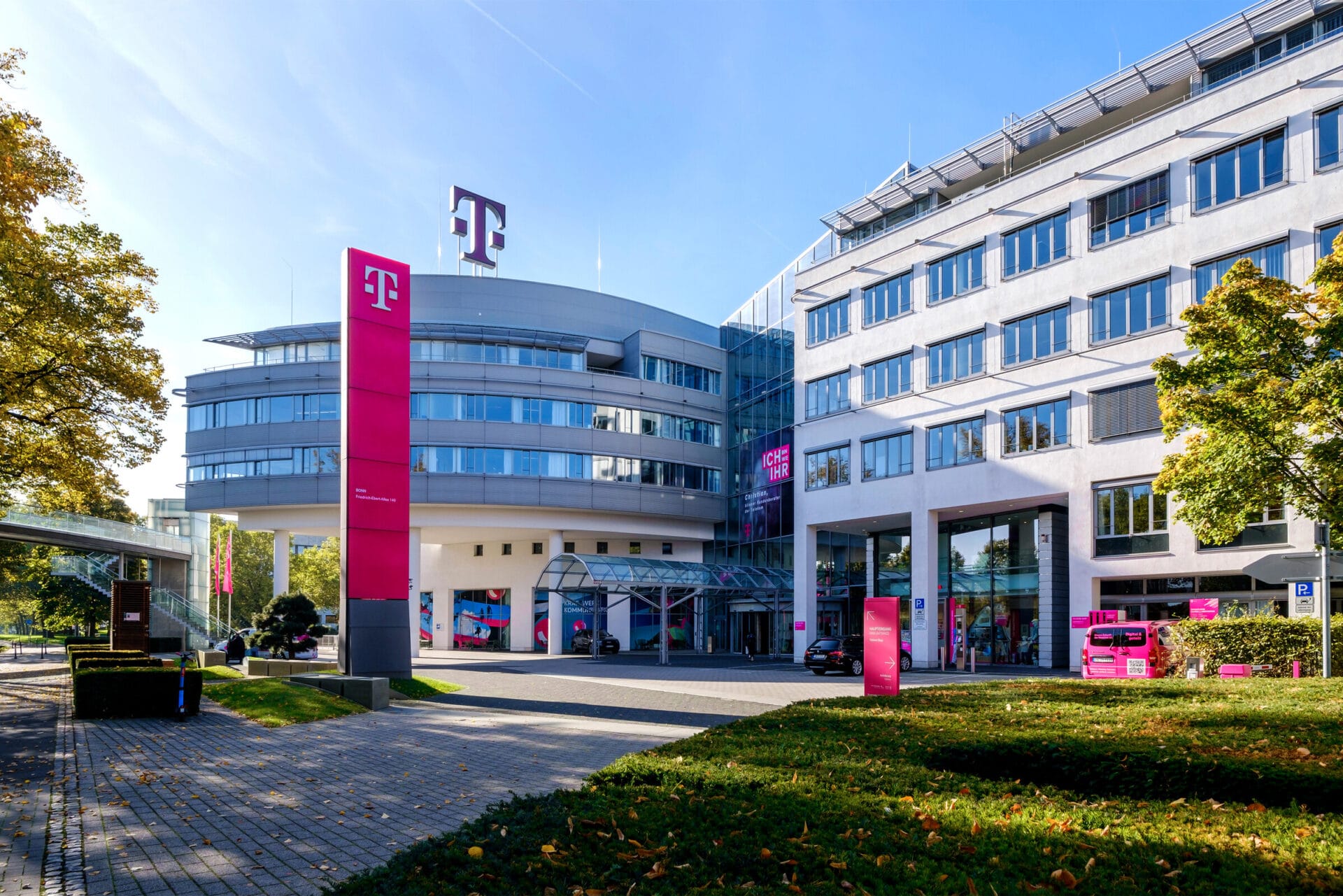Key Takeaways
1. Bitcoin mining requires significant computing power and leads to high electricity costs.
2. Researchers from D-Wave propose using quantum computing to reduce energy consumption and costs in Bitcoin mining.
3. Quantum computers utilize qubits, enabling faster calculations than traditional computers.
4. The introduction of qudits enhances efficiency and significantly boosts mining rates.
5. Quantum Proof of Work (PoQ) uses quantum computers for error-mitigated calculations, ensuring blockchain stability.
It’s widely recognized that Bitcoin mining demands enormous computing power, leading to increased electricity expenses. In response, researchers from D-Wave have unveiled a potential solution that could greatly cut down on both energy consumption and costs associated with mining the largest cryptocurrency in the world today.
Quantum Computing Advantages
Quantum computers are often seen as more advanced than traditional ones because they can execute calculations at a much faster pace. Unlike standard computers that use bits, quantum computers utilize qubits. These qubits can represent not just the values of 0 or 1, but also multiple states due to a principle called superposition.
Introduction of Qudits
Recently, studies have introduced a new concept called qudits, which are said to be even more effective. This advancement allows researchers to utilize these efficient calculations to boost the mining rate significantly.
According to the findings, researchers have determined that the power usage could potentially be lowered by a factor of 1,000 with quantum computers. In this study, four quantum computers located across North America were employed. Interestingly, the researchers also found that these individual quantum machines collaborated effectively.
Understanding Quantum Proof of Work
Before diving into the workings of Quantum Proof of Work (PoQ or QPoW), it’s crucial to grasp the basics of blockchain technology. Essentially, blockchain acts as a digital ledger where all transactions related to cryptocurrencies are documented. To add new blocks to this chain, a significant amount of computing power is required to carry out the necessary mathematical operations.
With PoQ, these operations are handled by a quantum computer using a probability-based process. This method of calculation helps to mitigate errors while ensuring the blockchain remains stable.
Source:
Link


